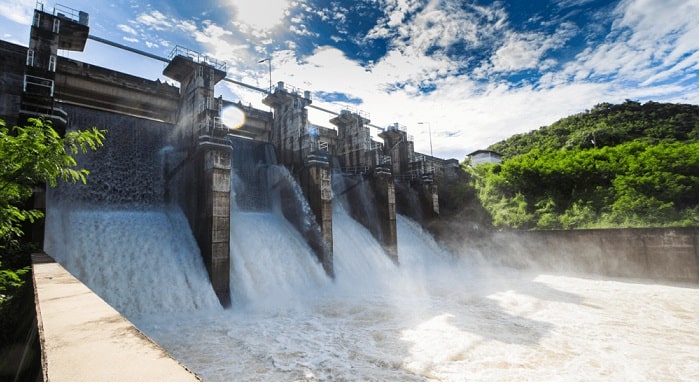It is well to be noted that the renewable energy expansion in 2023 happened to be heavily concentrated across only 10 countries, thereby accounting for 80% of the global yearly additions. So as to achieve a tripling of the worldwide renewable capacity, a very fast rollout rate is indeed essential in various other nations. Furthermore, many emerging as well as developing economies happen to rely heavily on hydropower.
Touching the tripling when it comes to renewables by 2030 would require the commissioning of around 3000 GW of fresh renewable capacity in 2029 as well as 2030. In the case of hydropower as well as other renewables, yearly additions are required to actually triple as compared to 2027 and 2028.
It is well to be noted that hydroelectricity generation surged by around 70 TWh, which was almost 2% in 2022, thereby reaching 4300 TWh. The fact is that hydropower happens to be the largest renewable source of electricity, thereby generating more than all other renewable technologies put together. Interestingly, in a net zero emissions scenario by 2050, hydropower happens to maintain an average yearly generation growth rate of almost 4% across 2023-2030 so as to offer almost 5500 TWh of electricity every year. In the past five years, the average growth rate happened to be less than one-third of what is needed, thereby signalling a requirement for a prominently stronger push, specifically to go ahead and also streamline permitting and at the same time ensure the sustainability of the project. The fact is that hydropower plants have to be recognized as a kind of dependable backbone when it comes to clean power systems of future and must surely be supported accordingly.
It is worth noting that around three-quarters of the global hydropower capacity additions in 2022 took place in one single nation, and that was China. Although worldwide hydropower generation surged in 2022, it remained below the historic 2020 levels that were seen primarily due to consistent droughts.
Apparently, technology rollout is a concern in this segment, and maintaining the output concerning those aging hydropower plants is indeed going to need to have quite some effort. As far as the innovation part is concerned, it is apparently focused on rising the flexibility when it comes to power generation in order to answer the changing needs of the power system.
With many policy developments taking place, hydropower must surely be put back on the worldwide energy as well as climate policy agenda. As far as the investment is concerned, it continues its downward trend, underscoring the need for a far greater push to be on track in terms of attaining a net zero scenario.





































